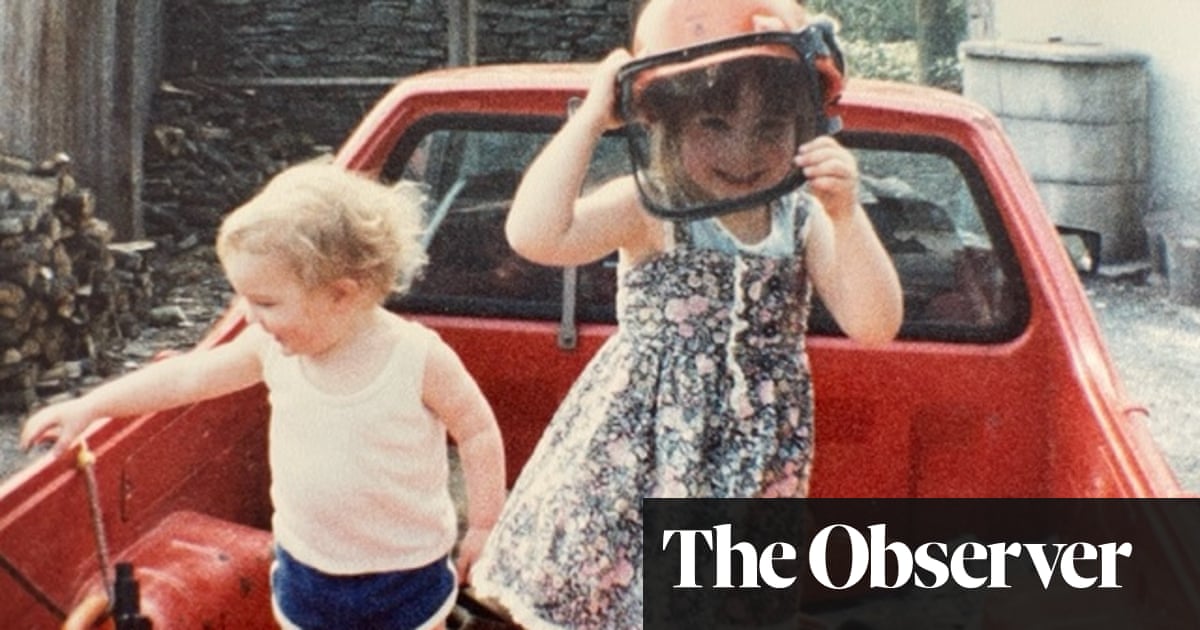
If Agatha Christie remains elusive, it’s not for the want of those trying to find her. Janet Morgan’s official biography of 1984 and Laura Thompson’s equally detailed but ultimately more impressionistic portrait of 2007 have both been updated and reissued; and there are numerous other analyses that try to understand how the woman who routinely described herself as a housewife became Britain’s bestselling novelist of all time. Enter historian Lucy Worsley, whose declared intention is to rescue Christie, who died in 1976 at the age of 85, from the misperceptions that cling to her life and her works of fiction.
In service of the former, she revisits the most notorious episode of Christie’s life: her disappearance for 11 days in December 1926, prompting blanket media coverage, an extensive police search and, after she had resurfaced at a hydropathic hotel in Harrogate, widespread suspicion that her tale of memory loss was an elaborate publicity stunt. In terms of the novels, Worsley’s focus is on debunking the assumption that Christie invented and epitomised what has become known as “cosy” crime fiction, pointing to the darker elements of her work, its modernity, and its increasing interest in psychological themes.
Is she convincing? Up to a point. These ways of thinking about Christie are not entirely new or unfamiliar, and although Worsley has evidently done due diligence among her subject’s correspondence and personal records, there are no major revelations. It’s more, perhaps, that she brings a clear-eyed empathy that allows her to acknowledge Christie’s limitations and prejudices without consigning her to the silos of mass-market populist and absentee mother.
Sometimes, this is a stretch. Worsley is correct to argue that dismissing the books as formulaic – algebraic, indeed – is a way of diminishing Christie’s power to graft an apparently impenetrable mystery on to an evocatively imagined and interestingly peopled setting, and to repeat the trick over and over again; such reductive ways of characterising the work of popular writers are still very much in evidence. Her gift for dialogue and for manipulating social stereotypes, as Worsley demonstrates, was formidable, keenly attuned to the proliferating class anxieties of the 20th century; numerous characters are, interestingly, transitional or dispossessed in some way, at odds with one view of her as a writer of the country-house elite. (This approach gets only so far when it comes to discussing her reliance on racist tropes, and particularly antisemitic slurs, on which Worsley maintains that we must accept her as a product of her class and time, but also that we must squarely face the reality of what she writes and not try to excuse it. The issue here is that, fundamentally, the circle cannot be squared and rests largely on whether one believes bigotry is, at some level, historically inescapable.)
This doesn’t quite amount to the claims made in one eyebrow-raising passage in the biography, in which Worsley appears to argue that Christie has common ground with the modernists whose defining moment came as her first novels were published: “What if the middlebrow and the modernist could actually be the same thing?” she writes. “A more inclusive definition of modernism might mean that you can also find it in works that don’t necessarily bludgeon you in the face with the shock of the new in the manner of Ulysses.” If you are going to rescue one writer from misunderstanding, it’s as well not to visit the same ignominy on another. And as much as The Murder of Roger Ackroyd’s ingenuity relies on the disruption of accepted narrative convention, I don’t think it has a lot in common with Virginia Woolf’s Jacob’s Room.
A Very Elusive Woman does, however, paint an intriguing picture of Christie as an upper-middle-class Victorian and Edwardian child whose life, then and later, encompassed significant losses and reversals of fortune, emotionally and materially. Perhaps counterintuitively, Worsley’s plummy-chummy tone bolsters rather than detracts from the seriousness with which she has evidently taken her task, as if she’s attempting to translate the sensibilities of a bygone era and mindset to contemporary life. Of Christie’s first husband, Archibald, whose adultery sparked that 1926 flight, she confides that a photograph of him impressed on her “an essential fact” that she hadn’t hitherto appreciated: “He was incredibly hot.” When Agatha is patronised by a chemist from whom she’s trying to learn about poisons, Worsley simply says: “Urgh”.
Where Worsley excels is in her descriptions of Christie’s day-to-day life; we hear virtually nothing of her political opinions as she lives through two world wars, for example, but we do glean a sense of her exceptionalism in the news that she consistently ignored air-raid sirens and simply turned over in bed. And she reports Christie’s almost compulsive buying of properties, her quiet, near-clandestine funding of her second husband’s archeological career and her love of rich food in a way that allows us to understand the version of home, love and stability she was trying to recreate. This may be the first biography I’ve read where my attention was genuinely piqued by the discussion of the subject’s tax affairs. Has Lucy Worsley tracked down Agatha Christie? Not quite, but her nose for diverting byways may suffice.
Agatha Christie: A Very Elusive Woman is published by Hodder & Stoughton(£25). To support the Guardian and Observer, order your copy at guardianbookshop.com. Delivery charges may apply.











